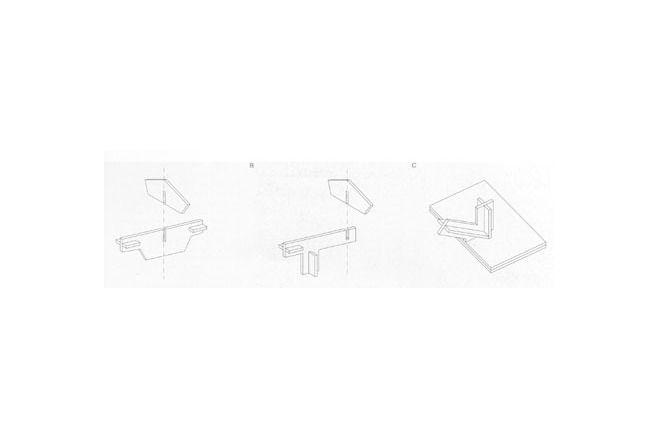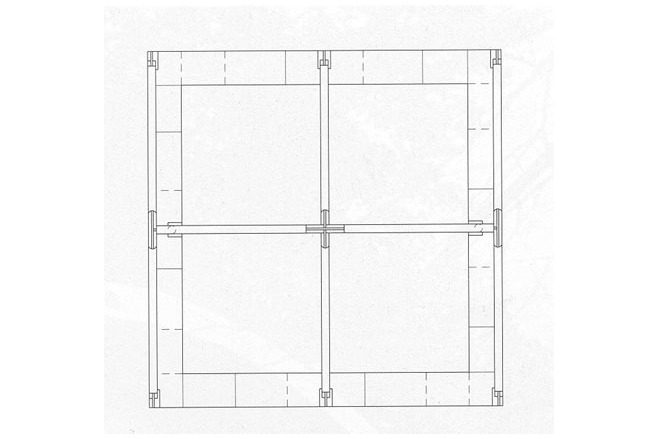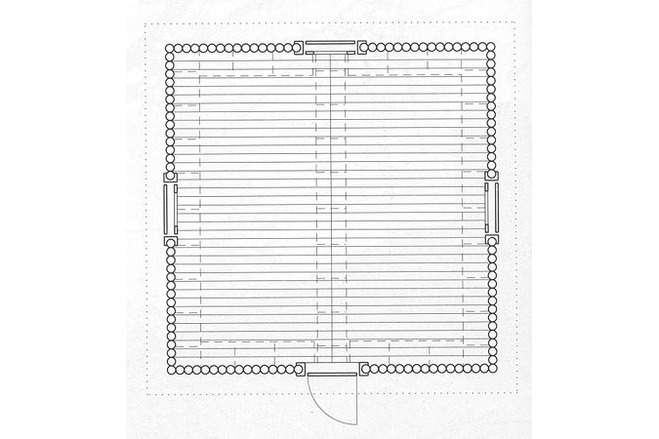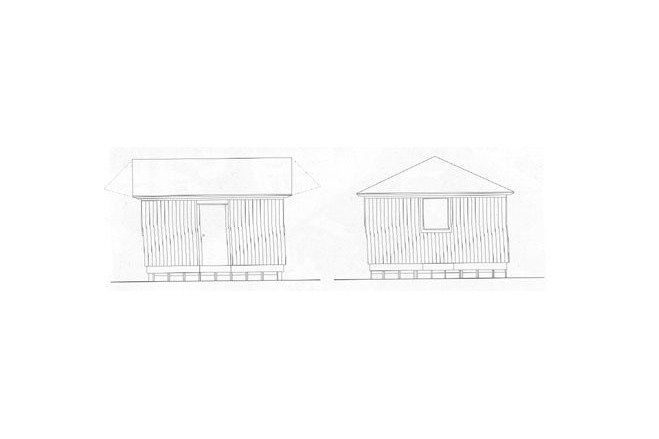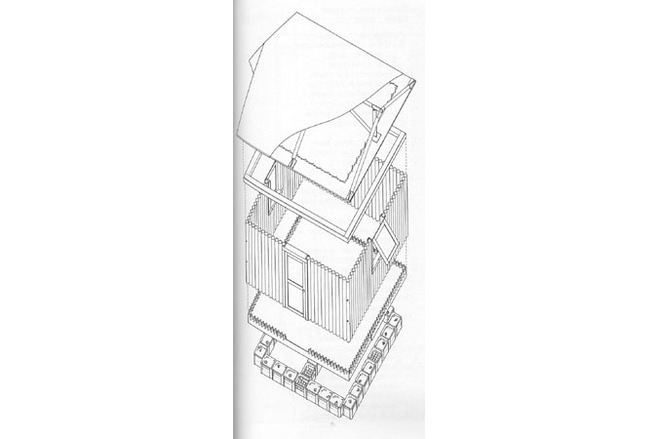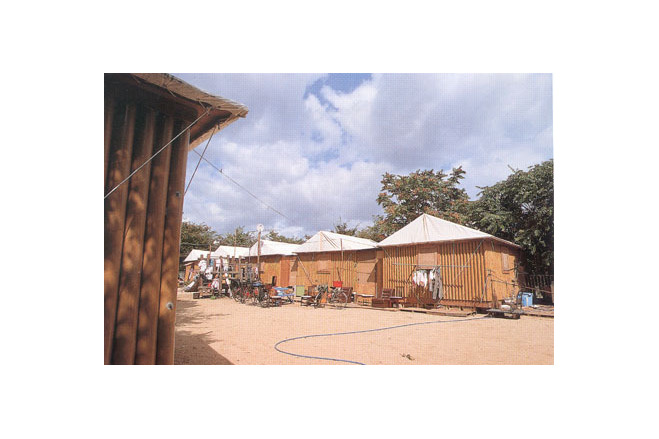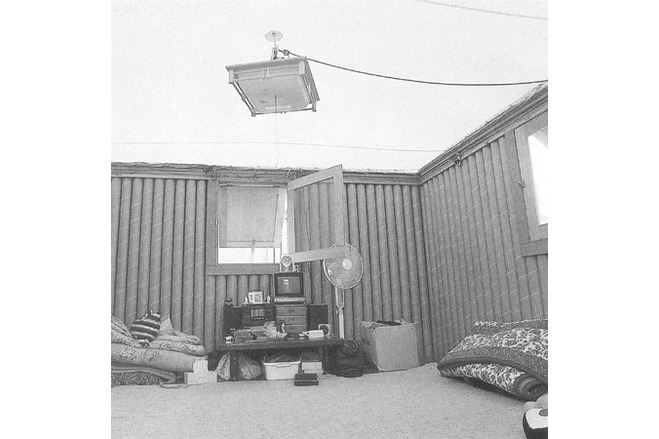Shelters in Kobe, Japan
General information
-
Location address
Kobe
-
Location country
Japan
-
Year of construction
1995
-
Function of building
Shelters
-
Climatic zone
Temperate - cold winters and mild summers
Description
In January 1995, after a violent earthquake in Japan, one of the poorest districts of the city of Kobe was almost totally destroyed. The sight of people worshipping in the open air moved the architect at first to design a church for the community, and the new building was completed eight months later. The loadbearing system of the walls consisted of cardboard tubes made from layers of recycled paper. These posts can bear roughly half the load of a timber member of similar dimensions. The same material was later used to build 21 shelters for the homeless population. A hut for four persons can be erected within six hours. The cardboard tubes, 108 mm in diameter and with a wall thickness of 4 mm, were also used for the floor, the substructure of which consists of plastic beer crates filled with sand sacks. By raising the floors above the ground in this way, protection was provided against dampness. The floor construction comprises a layer of cardboard tubes laid between laminated wood boards, a material that was used for all other timber elements such frames, flaps and connecting pieces. The elements are joined by notching the tubes and slidin them over the connecting pieces. The load-bearing roof structure also consists entiely of cardboard tubes, with a protective membrane externally and a fabric covering suspended internally from the ridge node. This prototype temporary shelter has since been used in a number of other countries.
[Detail 8/1996, Temporary Structures, p1237]
Description of the environmental conditions
General comments, links
Op zoek naar maatschappelijke betekenis
Shelters in Kobe, Japan
Vijf woningen, recent werk van Shigeru Ban
Material of the cover
-
Cable-net/Fabric/Hybrid/Foil
Cable
-
Material coating
PTFE
Main dimensions and form
-
Covered surface (m2)
16
-
Total length (m)
4
-
Total width (m)
4
Duration of use
-
Temporary or permanent structure
Permanent
-
Convertible or mobile
Convertible
-
Design lifespan in years
00-05
Involved companies
-
Architects
Shigeru Ban
Editor
-
Editor
Marijke M. Mollaert



